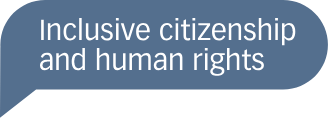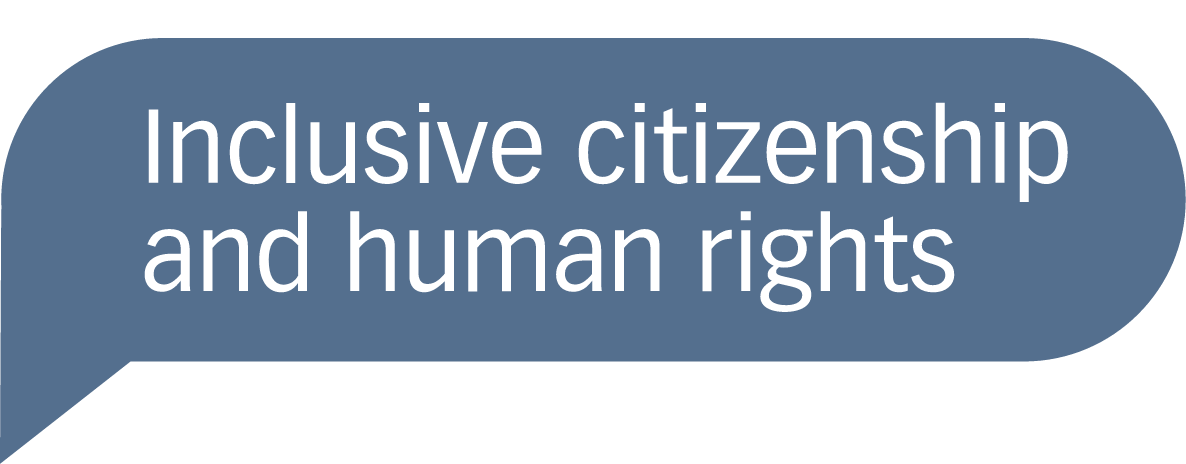
The UN Genocide Convention was made in 1948 in the aftermath of the Holocaust. With this historical and legal reference, we will explore selected cases from recent times affecting different ethnic and/or religious groups: Tutsis in Rwanda, Bosnian Muslims in Bosnia-Herzegovina (Srebrenica), and Yazidis in Iraq and Syria. When discussing genocide and other mass atrocities, we will also consider more recent examples, like the atrocities perpetrated against the Rohingyas in Myanmar and those in the Gaza Strip. The main questions and topics addressed in this course, however, have general and universal relevance.









This course will provide resources that enable you to
- Recognize shared characteristics and key differences that define genocide and other mass atrocities
- Understand genocide through the lens of different cases from recent years
- Explore the relationship between group hostility, religious identity, gender, and genocide
- Recognize warning signals that may escalate to genocide or other mass atrocities, and gain insight into preventive measures
- Learn about different legal and non-legal approaches to restoration after genocide.
This course is divided into four main modules, addressing the following main topics:
-
- the definition of genocide according to the UN Genocide convention; other conceptions of genocide; and on use/misuse of the term
- differences and similarities between genocide, ethnic cleansing, and other mass atrocities
-
- the impact of group hostility and dehumanization for legitimizing genocide, as well as political/contextual and other factors used to mobilize for genocide
-
- recognition of warning signals, possible escalations towards genocide
- mechanisms for prevention of genocide including indicators
-
- mechanisms for settlements to combat impunity after genocide
- models for reconciliation after genocide
This course is research based and inter-disciplinary. It integrates international human rights law with perspectives from other disciplines such as history and political science. The course is also characterized with a comparative and case based approach.
This course makes use of audio-visual tools such as expert interviews and short documentary films. It also includes some fact boxes and short articles in drop-down menus. At the end of each module, you will find “Questions for reflection” and a section presenting “Additional resources” for further case studies and analysis. These can be applied alone or as a basis for group or classroom discussions. You can also apply what you have perceived by way of quiz as an interactive element before moving to the next module.

- What do the stories in these films reveal about religious diversity in the country?
- Do you think these films fully represent the religious diversity within the country?
- Do these films in any manner challenge your conception of Tunisia’s cultural identity?
- What do the stories in these films reveal about the religious diversity in these countries, and how do they compare to each other?
- Do you think these films fully represent the religious diversity within these countries?
- If not, how can you gather information about religious diversity within these countries? (For example, through a Google search, talking to people from these countries, etc.)
-
1Does religious diversity exist in your local community, and if it does, how is it evident?
-
2Do you think that other forms of diversity are overlooked in your local community? If so, what, and why do you think this is the case?
-
3How is religious diversity expressed through religious buildings?
-
4How do individual practices express religious diversity? (For example, through lived experiences, clothing, feasts, festivals, and other visual expressions)
-
5How do you think representation of religious diversity enables or limits the ability of people’s sense of belonging to a nation?

-
1Based on the films from Module 1, do you notice differences in how the same religion is practiced in different countries?
-
2How could lack of knowledge or ignorance about diversity within religious group lead to stereotypes?
- How can encounters with people from different faiths contribute to combating stereotypes?
- Could such encounters contribute to creating stereotypes? And how can this be avoided?
- What do you think this fictional film communicates about identity, humanity & group hostility in conflict situations, from both the perspectives of perpetrators and victims?
-
1Do you think there is a connection between gender stereotypes and challenges within religions?
-
2Can you identify any instances where stereotypes about religious beliefs led to discrimination or conflict? How were these challenges addressed?
-
3Reflect on your own views on religious diversity. Do you think any form of stereotypes have influenced those views, and do you feel it is important to challenge them?

- In what way can interfaith excursion contribute to a sense of community between people with different religious identity?
- How can we include religions that do not have traditional religious buildings into the interfaith excursion or dialogues?
- When comparing the films, do you notice alternatives/ differences in how interfaith dialogue is practiced in different countries?
- When looking at the films, do you notice any differences in how these interfaith excursions were organized?
-
1Do you know or can you get information about interfaith dialogue in your country? If so, what is the role of women in such dialogues?
-
2What according to you are the essential elements of a successful interfaith dialogue?



